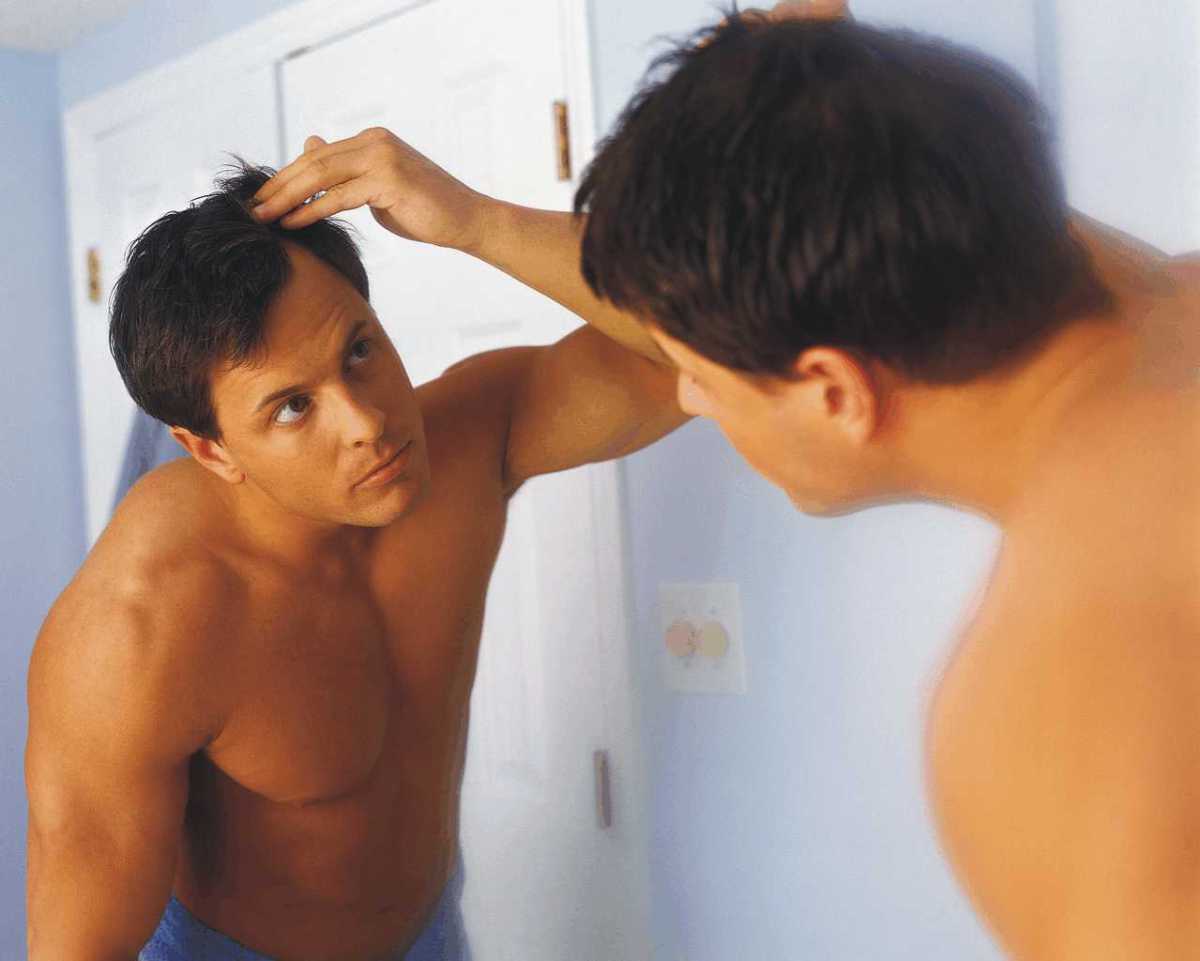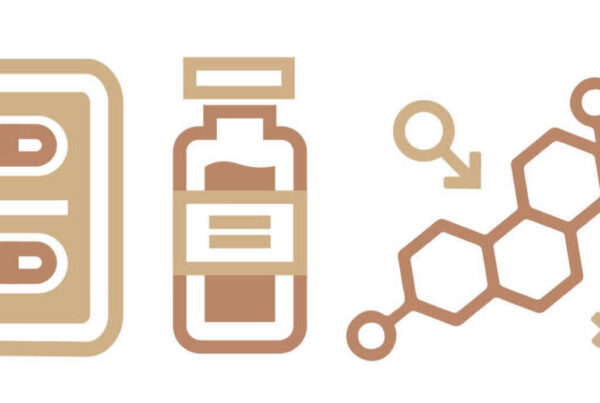There are three methods of administration of bioidentical hormones that are found on the market today: Topical creams, injections and pellets. Each gets testosterone into your bloodstream. A dangerous assumption, however, is that all three methods have the same effect on the body.
The way you administer testosterone should mimic as closely as possible the way your body naturally releases it. Because of the chemical make-up of your skin and the required consistency of testosterone dosage, topical cream is the ideal method to use.
How Your Body Processes Testosterone
Testosterone is primarily secreted in the testicles, with a small amount produced in the adrenal glands. At this point testosterone has three possible fates: remain as testosterone, or undergo one of two chemical changes, and become DHT or estrogen. The transformation of testosterone into DHT is important, as it is a more potent androgen, or male hormone. The switch between the two is made by an enzyme called 5-alpha-reductase. Remember this enzyme, because it plays a key role in distinguishing the different administration methods for testosterone.
The conversion of testosterone to the estrogen, estradiol, is also very important because estradiol is important in heart protection, bone protection and brain protection. It has also been shown recently in a randomized-controlled study in the NEJM (9/13) to improve libido and decrease belly fat in men.
3 Ways to Take Testosterone, 3 Different Effects
- Topical Cream. Topical cream is the ideal way to take testosterone. The cream has several advantages. First, it is applied daily, making dosage consistent and easily adjusted based on individual needs. Second, absorption through the skin turns some of the testosterone into the more potent DHT. Remember the enzyme, 5-alpha-reductase? Besides being found in the testes, it is also found in the hair follicles in your skin. That means that as the testosterone is absorbed, it comes into contact with the enzyme, turning it into DHT. A small amount is also converted into estradiol once it gets into the blood stream which also gives you the aforementioned benefits of estradiol.
- Injections. If a topical cream is not working for an individual then they may have to use injections. Proper use of injections requires a daily dose in order to keep levels steady. The downside of injections is that they bypass the skin, therefore bypassing the 5-alpha-reductase.Many men supplement with testosterone injections incorrectly. Weekly or monthly shots produce a testosterone spike followed by a decline as the interval between shots progresses. This leads to a rollercoaster effect in which a man feels very good for a few days then feels badly thereafter after the testosterone drops off. This also causes a man’s estrogen to go up and down as which may cause breast tissue formation. Men therefore start taking estrogen blockers because they want to treat the breast tissue formation. This is not good because when you drop a man’s estradiol level too low it will cause his good cholesterol (HDL) and other good anti-inflammatory proteins and fats to decrease. In this way, the high dose of testosterone combined with estrogen blockers leads to a bad cholesterol profile and increased risk of cardiac disease.
- Pellets. Pellets are, unfortunately, sold to the benefit of clinics and to the detriment of the men who get them. While pellets are easy, since you do not have to remember to take them every day, they also come with serious disadvantages. Pellets are usually implanted in the buttocks and are meant to supply testosterone to the bloodstream for a period of 4 to 6 months. Theoretically these seem convenient, but in reality the pellets have a half-life, meaning their potency declines and provides lower and lower doses as the pellets age. They also present difficulty in the event a patient wants to adjust their hormone dosage. If pellets are implanted with a dose that is too high, then the patient has to either live with the acne, oily skin and irritability until the pellets run out; or have them removed.
Every Testosterone Replacement Program Needs a Physician’s Guiding Hand
Before you start taking testosterone, talk to a physician who specializes in Bio-identical Hormone Replacement Therapy. The whole point of taking hormones is to increase your health and quality of life. Consulting with a physician who is an expert in BHRT will help you avoid the pitfalls of inappropriately administered testosterone. A specialist will also help monitor your levels, ensuring that your dosage and administration method are achieving the desired results.





